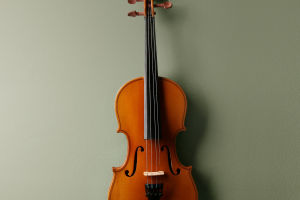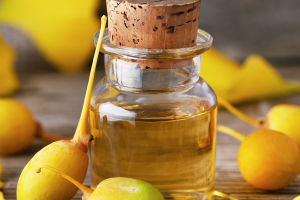In the world of art supplies, colored pencils and crayons are two of the most popular mediums used by artists, students, and hobbyists alike.
While both tools are employed for similar purposes, such as coloring and sketching, they have distinct characteristics, uses, and advantages.
Colored pencils and crayons differ significantly in their composition and structure. Colored pencils consist of a core made from a mixture of pigments, wax, and clay, encased in a wooden or plastic barrel. The core’s consistency can vary depending on the pencil's quality and intended use. High-quality colored pencils often contain more pigment and less binder, resulting in richer, more vibrant colors.
Crayons, on the other hand, are made from a blend of pigments and wax. The wax serves as the binding agent, which holds the pigments together and allows for easy application on various surfaces. Crayons are typically molded into cylindrical or hexagonal shapes and do not require sharpening like colored pencils.
The application techniques for colored pencils and crayons differ due to their unique properties. Colored pencils are known for their precision and control. Artists can create fine lines and detailed work by applying varying degrees of pressure. This precision allows for detailed shading, layering, and blending, making colored pencils suitable for intricate drawings and realistic illustrations.
In contrast, crayons are often used for broader strokes and less detailed work. The waxy texture of crayons can make them less ideal for fine lines but excellent for covering larger areas quickly. Crayons are particularly effective in creating vibrant, solid colors and can be used to achieve different textures through techniques such as layering and cross-hatching.
The intensity and blending capabilities of colored pencils and crayons also differ. Colored pencils can achieve a wide range of color intensities, from light pastels to deep, rich hues. Artists can blend colors smoothly by layering different shades and using blending tools like blending stumps or solvents. This ability to blend colors makes colored pencils ideal for creating gradients and achieving subtle transitions between hues.
Crayons, while vibrant and opaque, are less versatile when it comes to blending. The waxy texture of crayons can make it challenging to mix colors seamlessly. However, crayon artwork can be enhanced through various techniques, such as melting the wax to create interesting textures or using a crayon-resist method where watercolor paints are applied over crayon drawings to create unique effects.
The choice of surface can impact the effectiveness of both colored pencils and crayons. Colored pencils are versatile and can be used on a variety of surfaces, including textured papers and canvases. The ability to apply multiple layers of pencil strokes allows for more control over the final appearance of the artwork.
Crayons are best suited for paper with a smooth to slightly textured surface. Heavier or rougher papers may cause the crayon to break or not adhere properly. Crayon drawings can be more susceptible to smudging or abrasion compared to colored pencil work. However, the waxy nature of crayons can make them more resistant to fading over time.


